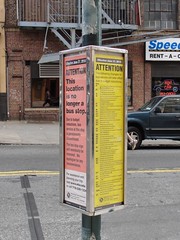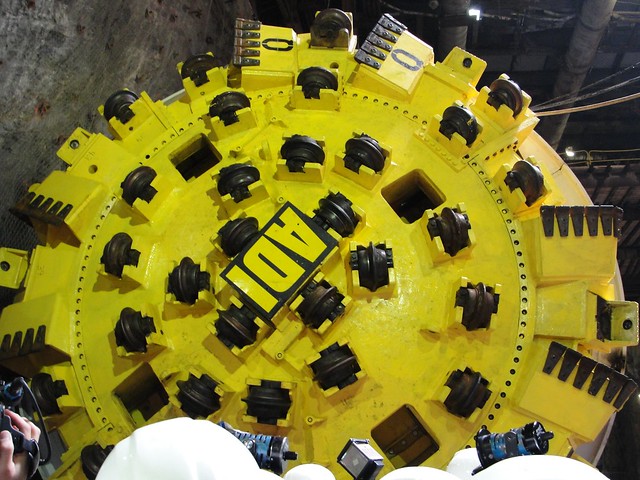Last night’s fare hike hearing in Monday was hardly the raucous affair I had anticipated. As Michael Grynbaum noted, “empty seats outnumbered the audience,” and those who stood up to voice their views were more subdued than normal. The public’s outrage, misdirected as it is, can last only so long. Still, MTA CEO and Chairman Jay Walder’s statements prior to the open-mic session spoke volumes about Albany and its approach to transit.
“I don’t think that’s really the choice we have right now,” Walder said. “We’re dealing with a financial situation that I believe is going to require a fare increase.” He later clarified this view, noting that Albany is “well aware of the [MTA’s] financial difficulties” and has refused to act. Outside the Cooper Union, the Straphangers Campaign had called upon the state legislature to renew a debate over congestion pricing or East River bridge tolls. Those pleas will fall upon deaf ears.
For frequent readers of SAS, the theme of Albany inaction is not a new one. The state has simply given up, and so too have its people. They won’t protest; they won’t vote; they’ll just keep paying more and more. We need the subways more than politicians realize. Will they only notice when they’re nearly gone?

















 (Rockaway Park Shuttle)
(Rockaway Park Shuttle)


